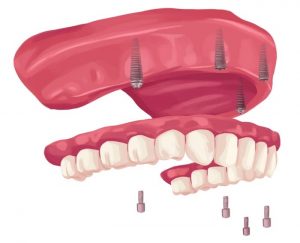Dental implant surgery is a procedure in which the tooth roots are replaced by metal, screw-like posts, and the damageda or missing teeth are replaced with artificial teeth that closely resemble natural teeth in appearance and function.
USEFUl LINKS
SERVICES
CONTACT INFO
STAY CONNECTED
OFFICE HOURS
Tuesday through Friday
9:00 AM - 5:00 PM


